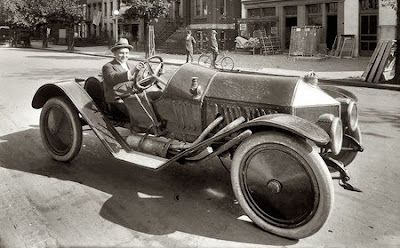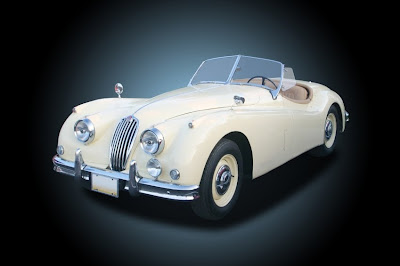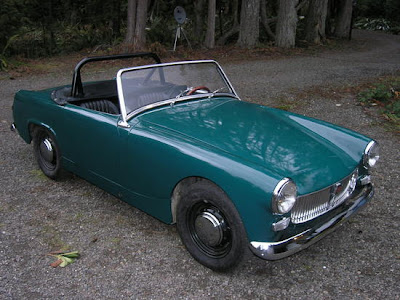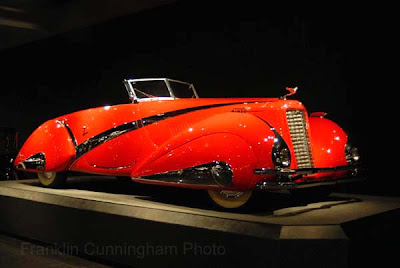Used Classic Restoration Cars Tip Troubles getting a thin layer of body filler...? Parts 1
Thursday, November 18, 2010
8:09 PM
,
4 Comments
ป้ายกำกับ: body filler , Classic Restoration Cars Tip , Restoration Car , Restoration Cars , Restoration Cars Tip , Restoration Classic Car , Restoration Classic Cars Tip , Restoration Tip , thin layer
ป้ายกำกับ: body filler , Classic Restoration Cars Tip , Restoration Car , Restoration Cars , Restoration Cars Tip , Restoration Classic Car , Restoration Classic Cars Tip , Restoration Tip , thin layer
Used Classic Restoration Cars Tip Troubles getting a thin layer of body filler...? Parts 1
Restoration Cars
Restoration Cars Parts 1
Anyone who's used body filler knows how difficult it is to spread over "delicate" areas. You know: when the filler has to spread over a very thin imperfection or just has to provide that "last little surface."
The problem is that the filler is fairly viscous and resists being spread in a thin film. The result is air bubbles or a thicker-than-desired surface that requires more careful sanding. While there are specialized fillers designed to spread more evenly, here's another useful idea: Add a little liquid fiberglass resin (you invariably have a big can of it that will never get used up!) to the body filler and catalyst mixture. Stir everything well (the catalyst works in both products, so don't worry) and there you have it - a smooth, less-viscous, creamy mixture that will spread beautifully.
The problem is that the filler is fairly viscous and resists being spread in a thin film. The result is air bubbles or a thicker-than-desired surface that requires more careful sanding. While there are specialized fillers designed to spread more evenly, here's another useful idea: Add a little liquid fiberglass resin (you invariably have a big can of it that will never get used up!) to the body filler and catalyst mixture. Stir everything well (the catalyst works in both products, so don't worry) and there you have it - a smooth, less-viscous, creamy mixture that will spread beautifully.









































.JPG)






















